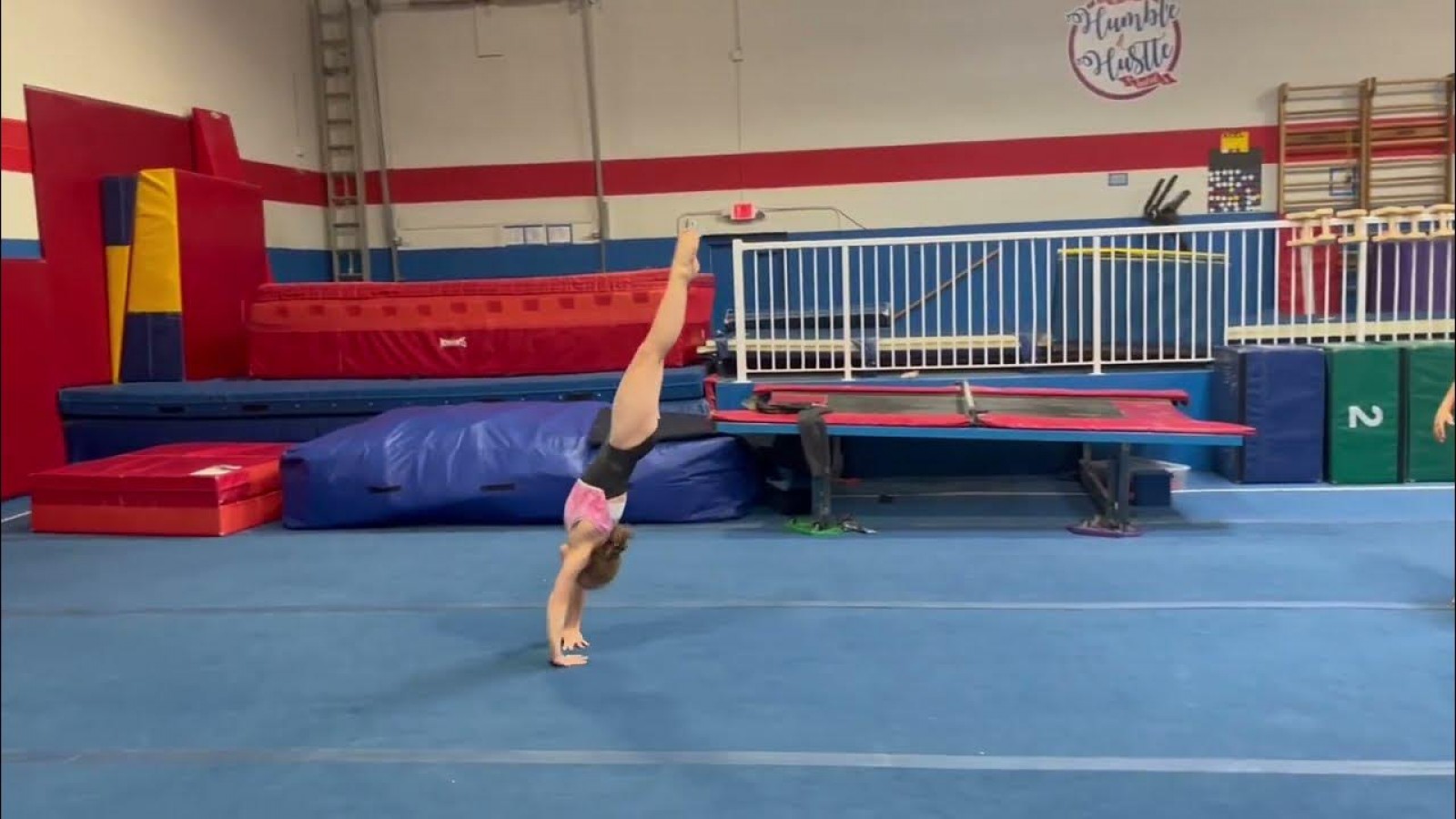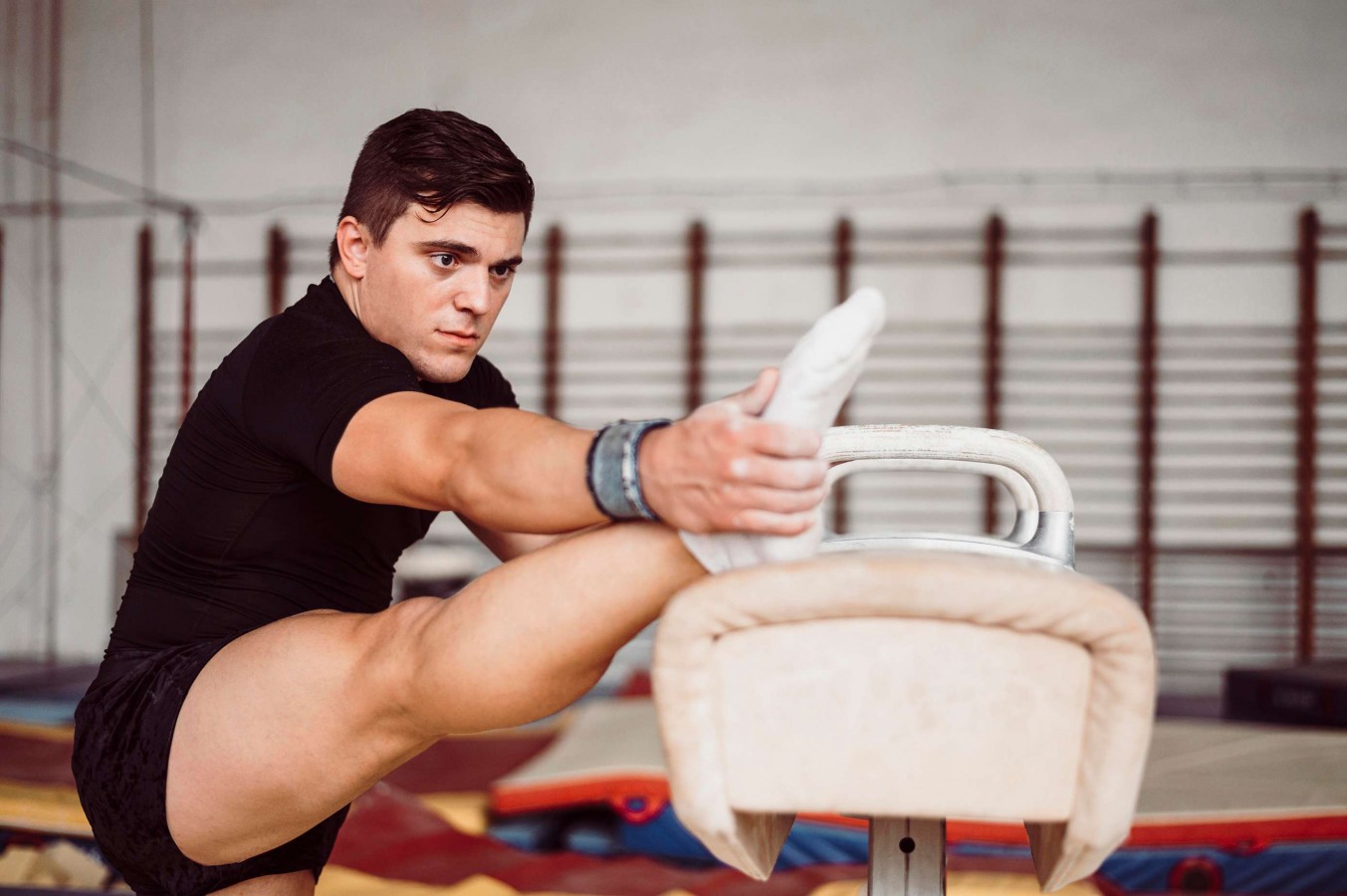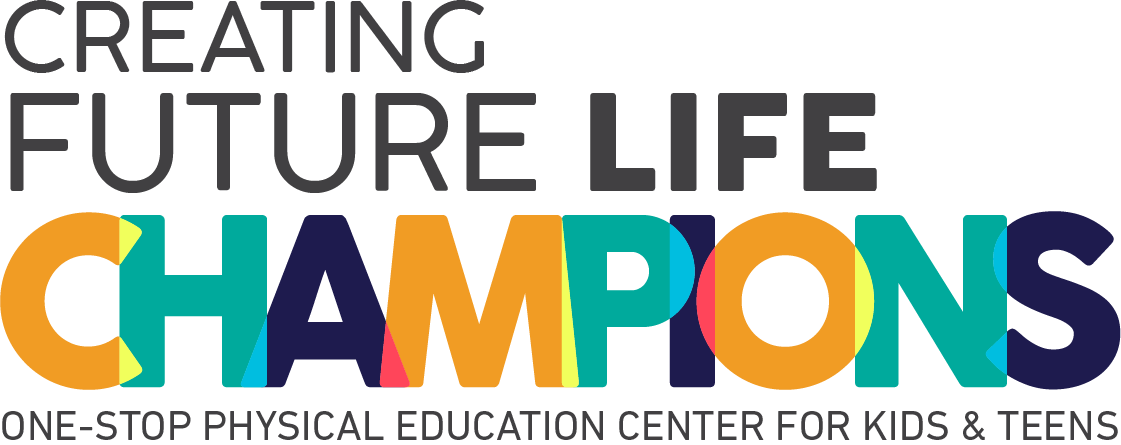10 Speed and Agility Training to Improve Your Performance

In the world of sports and physical fitness, speed and agility are key components that can make the difference between a good performance and a stellar one. Whether you're an athlete striving to excel in your chosen sport or a fitness enthusiast looking to enhance your overall agility, incorporating targeted speed and agility training exercises into your routine can yield significant benefits.
This article delves into the intricacies of speed and agility training, exploring ten techniques that can propel you toward peak athletic performance. From drills that sharpen your reflexes to exercises designed to boost your acceleration, we'll guide you through a comprehensive approach to unlocking your full potential on the field, track, or court.
10 Effective Exercises To Boost Your Speed and Agility
Achieving peak athletic performance often hinges on the ability to move quickly and navigate with agility. Whether you're an athlete striving to enhance your sports performance or an individual looking to improve overall fitness, incorporating targeted exercises into your training routine can make a significant difference.
Here are 10 effective exercises designed to boost your speed and agility, helping you move with precision and speed:
1. Lateral Plyometric Jumps
This exercise focuses on lateral movement and explosive power. Stand with feet shoulder-width apart, perform a quick lateral jump to one side, and then immediately jump back to the starting position. Repeat in a continuous, fluid motion.
2. High-Knee Drills
Engage your core and lift your knees as high as possible with each step. This exercise not only improves leg strength but also enhances hip flexibility, contributing to a more powerful and agile stride.
3. Sprinting Drill
Set up a designated sprinting distance and practice short, intense sprints. Focus on explosive starts, maintaining proper posture, and gradually increase the length of your sprints as your speed improves.
4. L Drills
L Drills are excellent for improving both speed and agility. Set up cones in the shape of an "L" and practice sprinting forward, then making quick lateral movements. This simulates the abrupt changes in direction often required in sports.
5. Plyometric Agility Drill
Incorporate a combination of plyometric exercises, such as box jumps, lateral jumps, and squat jumps, into an agility circuit. This helps improve your ability to change direction quickly while developing explosive power.
6. Shuttle Runs
Shuttle runs are a classic and effective exercise for improving speed, agility, and quick changes in direction. Set up markers at varying distances and sprint back and forth, challenging your ability to accelerate and decelerate rapidly.
7. Linear Run
The linear run focuses on pure speed. Sprint in a straight line over a specified distance, emphasizing powerful and efficient forward motion. This exercise is great for improving overall running speed.
8. Lunge Back/Front
The lunge back/front is a powerful exercise that targets multiple muscle groups and enhances both speed and agility. This exercise involves stepping forward or backward with one leg while lowering the body into a lunge position. The movement engages the quadriceps, hamstrings, glutes, and calves, promoting strength and stability.
9. Agility Balls
Agility balls, or reaction balls, are unpredictable and bounce in random directions. Use them to improve your reaction time and coordination. Tap the ball with your hand or foot as quickly as possible each time it changes direction.
10. 'A’ Skip Drill
The 'A’ Skip Drill is a dynamic exercise that targets hip flexor strength, coordination, and foot placement. To perform this drill, lift your knee towards your chest while simultaneously extending your foot downward, forming the shape of the letter 'A'. Alternate between legs in a rhythmic manner, emphasizing quick and controlled movements.
Factors That Determine Speed
Several factors contribute to determining speed in different contexts, especially in sports and physical activities. It's important to note that these factors are interconnected, and improvements in one aspect can positively influence others.
Here are some key factors that play a crucial role in determining an individual's speed:
1. Muscle Fiber Composition
The composition of muscle fibers in an individual plays a significant role in determining their speed. Fast-twitch muscle fibers, responsible for explosive and powerful movements, contribute to higher speed capabilities.
2. Cardiovascular Fitness
Aerobic capacity and cardiovascular fitness are vital for sustaining speed over longer distances. A well-conditioned cardiovascular system ensures efficient oxygen delivery to working muscles, delaying the onset of fatigue.
3. Strength and Power
Strength and power, particularly in the lower body, contribute to the force generated during each stride. Adequate strength training can improve the ability to push off the ground and propel the body forward with greater force.
Speed Boosting Tips
Improving speed involves a combination of targeted training, proper technique, and overall fitness. Remember, improvement takes time and consistency. Start gradually, listen to your body, and progressively increase the intensity of your workouts. Here are some tips to help you enhance your speed:
1. Incorporate Sprint Training
Integrate sprint training into your workout routine. Short bursts of high-intensity sprints help develop fast-twitch muscle fibers and improve overall speed.
2. Focus on Form and Technique
Pay attention to your running form. Maintain an upright posture, pump your arms efficiently, and ensure proper foot placement to optimize your stride and speed.
3. Include Interval Training
Incorporate interval training, alternating between high-intensity sprints and periods of rest or lower intensity. This method helps improve cardiovascular fitness and builds speed.
4. Strength Training
Build overall strength, focusing on the muscles involved in running, such as the core, legs, and glutes. A strong foundation contributes to more powerful strides and improved speed.
5. Improve Flexibility
Enhance your flexibility through dynamic stretching and mobility exercises. A full range of motion in your joints allows for more efficient and fluid movements.
Ready To Improve Your Performance?
Incorporating these speed and agility training exercises into your workout routine can significantly enhance your athletic performance. Remember to start slowly and gradually increase the intensity to avoid injury.
Consistency is still the key, so make these exercises a regular part of your training regimen to experience noticeable improvements in your speed, agility, and overall athletic prowess.
At Rockstar Academy, we pride ourselves on being a trusted and dedicated Sports & Performing Arts Academy committed to nurturing the holistic development of young talents. If you're looking to enroll your child in a program that prioritizes both skill development and personal growth, don't hesitate to contact Rockstar Academy.
Take the first step towards unlocking your child's potential and inquire about a free trial at Rockstar Academy today. Join us on the journey of empowering young rockstars to thrive physically and build a foundation for a healthy, active lifestyle!
FAQ
1. How often should I incorporate speed and agility training into my routine?
The frequency of speed and agility training depends on your fitness level, goals, and overall training program. However, incorporating such training 2-3 times a week is a good starting point. Consistency is key, but ensure adequate rest and recovery to prevent overtraining.
2. Can anyone improve their speed and agility?
Yes, with the right training and dedication, individuals of all fitness levels can enhance their speed and agility. Tailoring exercises to personal abilities is key for effective improvement.



